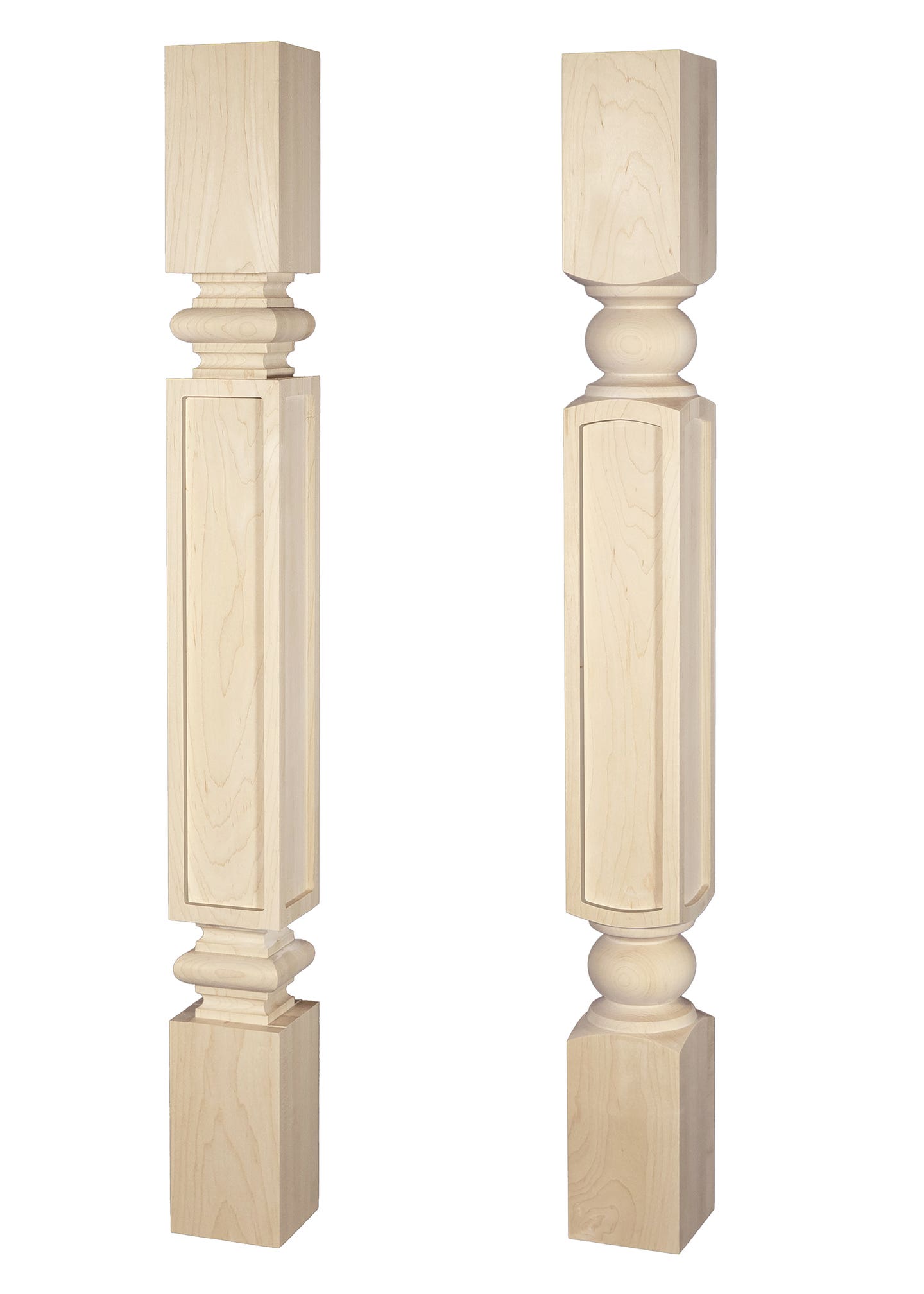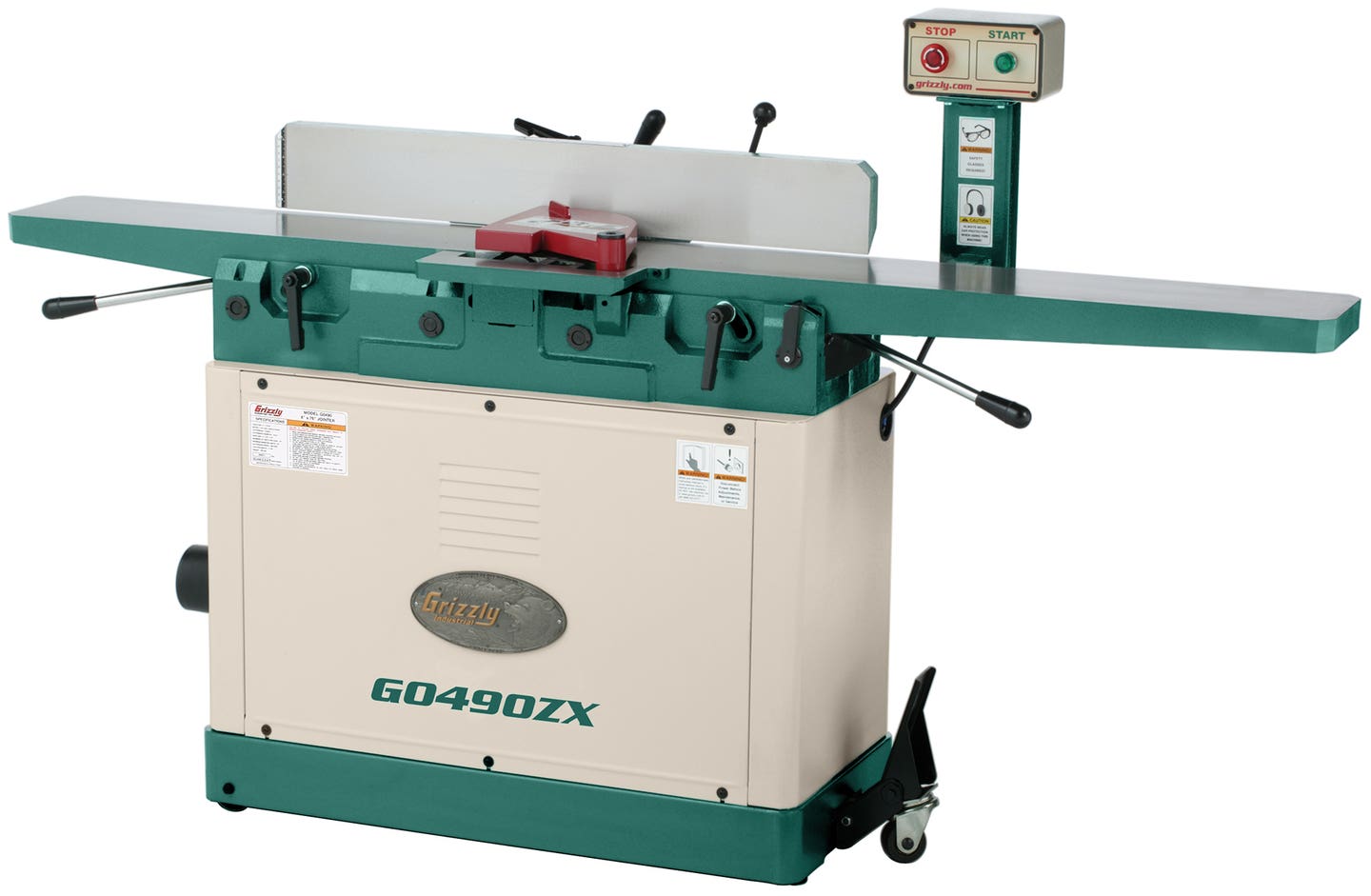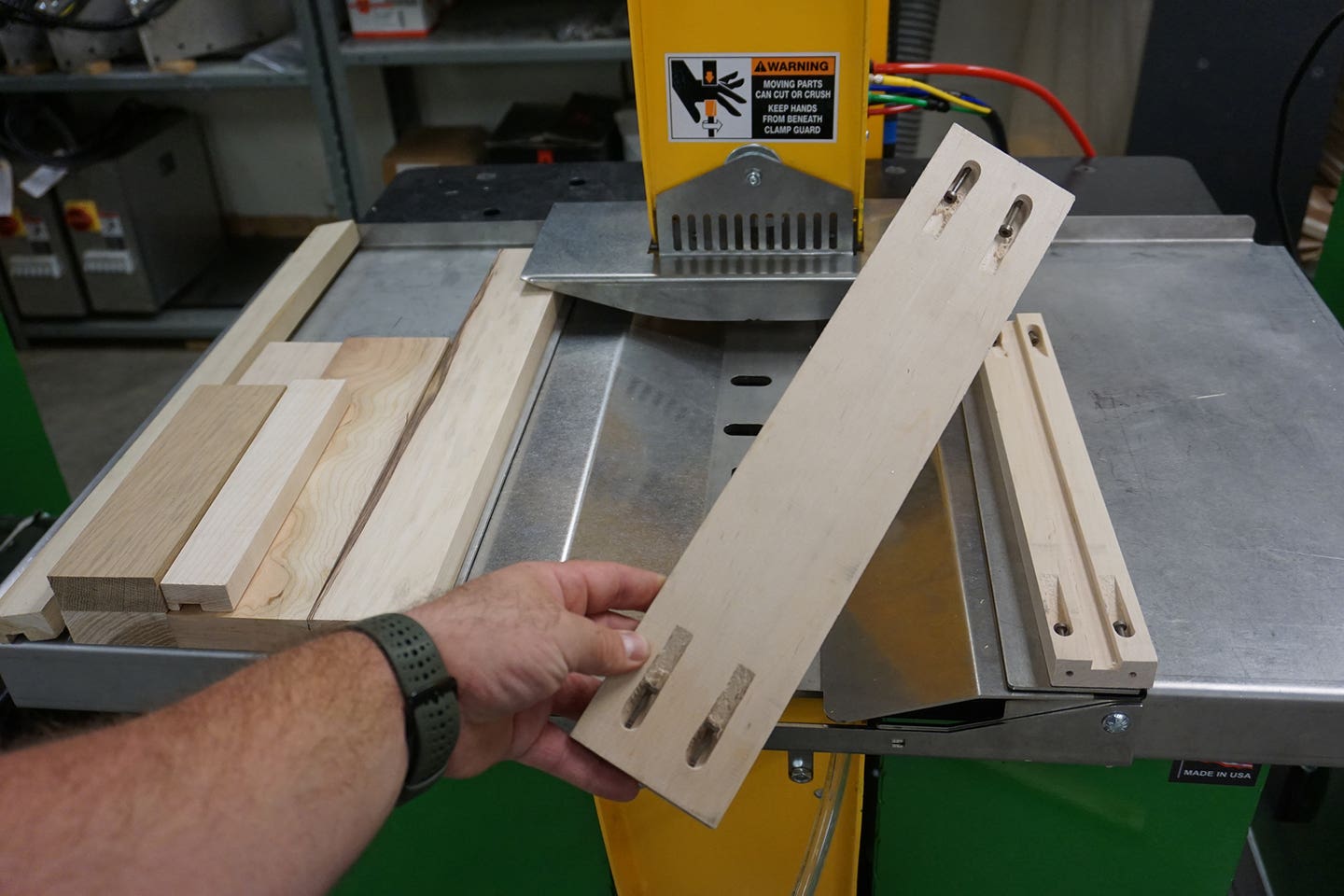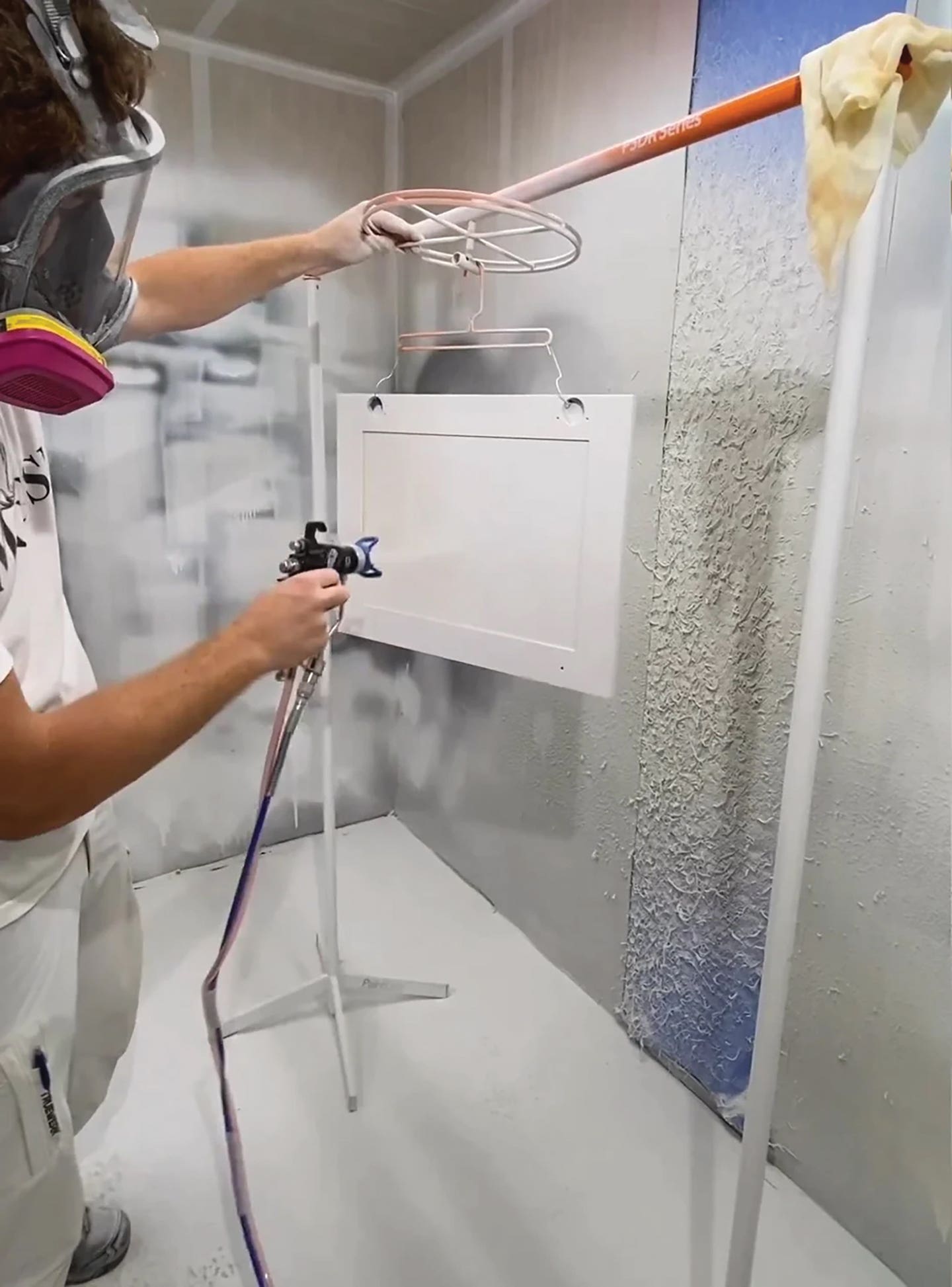TigerStop rip system will debut at IWF
TigerStop will showcase its new TigerRip 1000 Rip System at IWF. The system performs material optimization and rip-saw automation functions that are usually only attributed to larger systems, according to…
TigerStop will showcase its new TigerRip 1000 Rip System at IWF. The system performs material optimization and rip-saw automation functions that are usually only attributed to larger systems, according to the company.
The TigerRip provides small- to medium-sized shops with material yield savings on various widths and grades of lumber. It uses a laser that scans the material width of the board. An internal computer analyzes all of the widths and linear footage required to produce the necessary cuts in an efficient manner. It also has the ability to track cut list progress and provide inkjet parts labeling.
Product manager Mike Anderson says while many larger shops use competitive automated saw systems to help them maximize yield, increase efficiency and ensure accuracy, the TigerRip offers the same level of technology, efficiency and performance at an affordable price for smaller shops.
“If you look at the cost of manufacturing furniture or cabinetry, about 60 to 70 percent of that goes into materials. The other 30 or 40 percent is labor. So this can help with both of those by making your operation a lot more efficient on the labor side. If you’re able to achieve even a 10 percent yield increase, you will also be saving a lot of money,” Anderson says.
“The TigerRip 1000 will give you features and benefits of a machine costing $200,000 and up for a fraction of the cost.”
The TigerRip features a 1 to 15” rip capacity with an 18” stroke, a feed speed of 30 to 110 feet per minute and a processing rate of 2,000 to 4,000/bf per shift based on an 8-hour shift using 12’ stock material.
Pricing can be discussed by contacting an authorized agent of the company. TigerStop will occupy Booth Nos. 5074 and 5747 at IWF.
Contact: TigerStop. Tel: 360-254-0661. www.tigerstop.com
This article originally appeared in the August 2014 issue.







